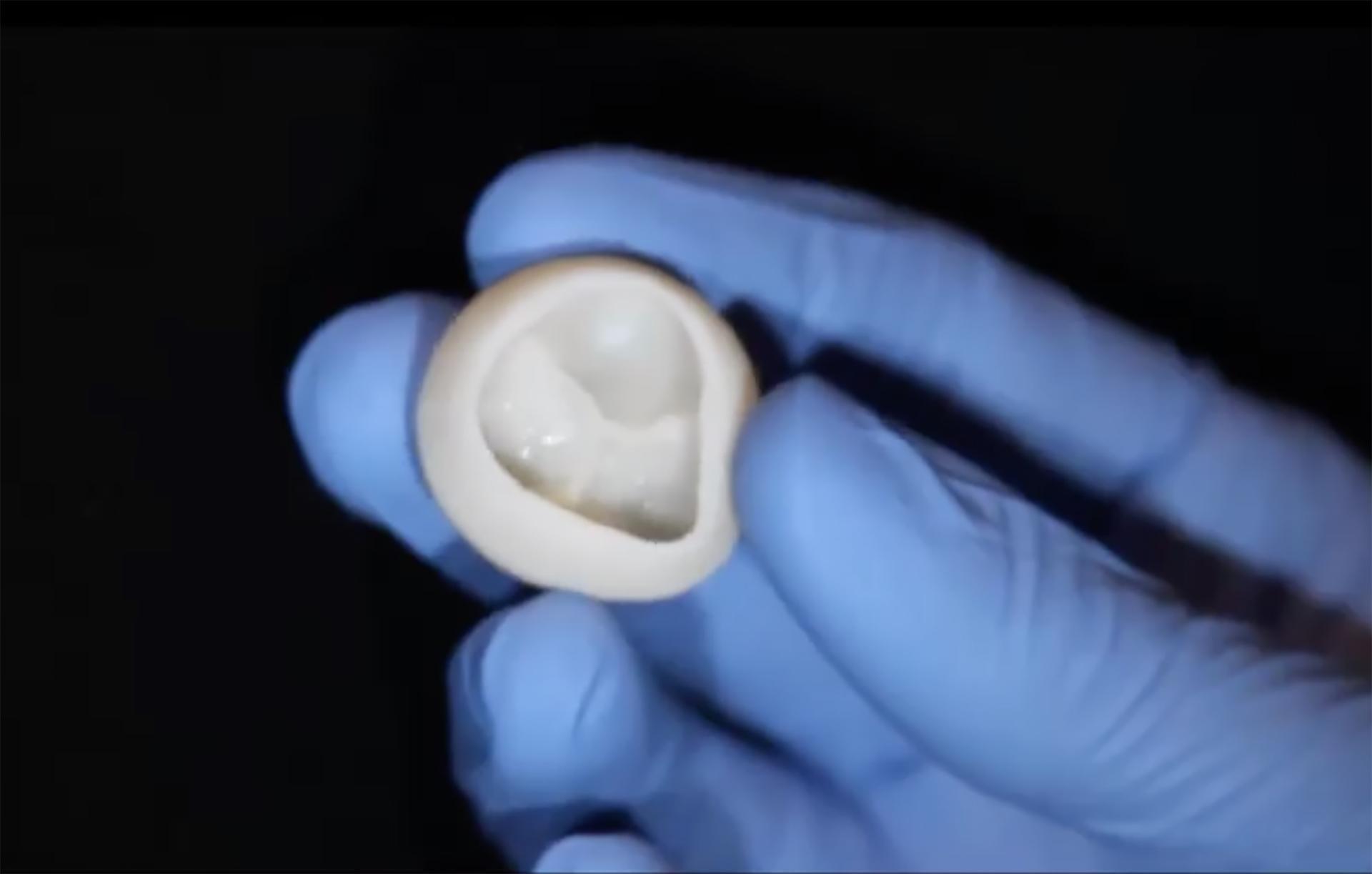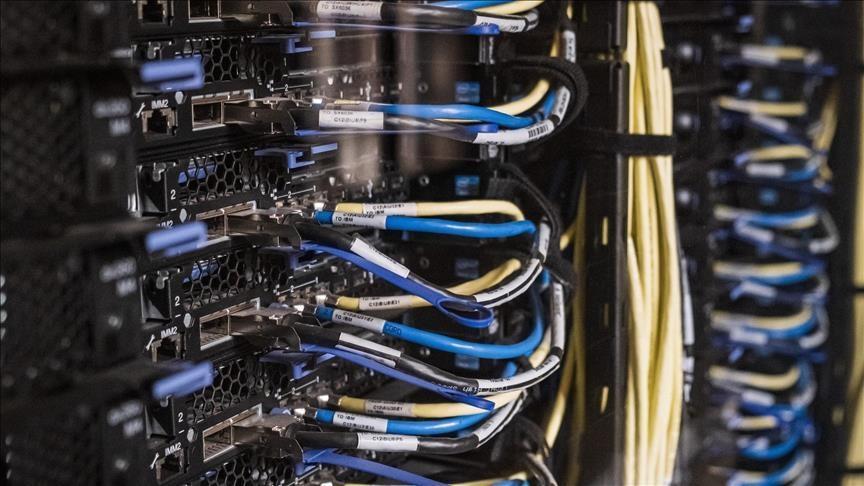US scientists announce 3D heart printing breakthrough
WASHINGTON - AFP

U.S. scientists announced Aug. 1 they have successfully built functional heart parts out of collagen with a 3D bioprinter, using a breakthrough technique they say could one day create entire organs.
Their method, which was described in the journal Science, replicates the body's own complex biological scaffolds using its most abundant protein at the highest level of precision yet achieved.
The structures are then further embedded with living cells and capillaries at a resolution of 20 micrometers, far greater than most 3D printers used to create plastic structures.
"What we were able to show was you can actually 3D print a heart valve out of collagen," Adam Feinberg, a co-author of the paper who is a professor of biomedical engineering at Carnegie Mellon University, said.
"We have not yet put them in an animal but we built a benchtop system that can simulate the pressure and the flow rate of the human body, and we show that we put it in there and it works." The team used MRI scans of human hearts to reproduce patient-specific parts, which achieved outcomes like synchronized beating and opening and closing of valves.
In April, an Israeli team unveiled a 3D print of a heart with human tissue and vessels, but the organ did not have the ability to pump.
Previous attempts at printing the scaffolds, known as extracellular matrices, had been hindered by limitations that resulted in poor tissue fidelity and low resolutions.
Collagen, which is an ideal biomaterial for the task since it is found in every tissue of the human body, starts out as a fluid and attempting to print it resulted in puddle of Jell-O-like material. But the scientists were able to overcome these hurdles by using rapid changes in pH to cause the collagen to solidify with precise control.
"That's the very first version of a valve, and so anything that we engineer as a product will actually get better and better," Feinberg said.
The technique, known as Freeform Reversible Embedding of Suspended Hydrogels (FRESH), allows the collagen to be added layer by layer in a support bath of gel, which is then melted away by heating it from room to body temperature, leaving the structure undamaged.
The team's designs are open-source, meaning other labs can replicate the results and print the same parts.
















